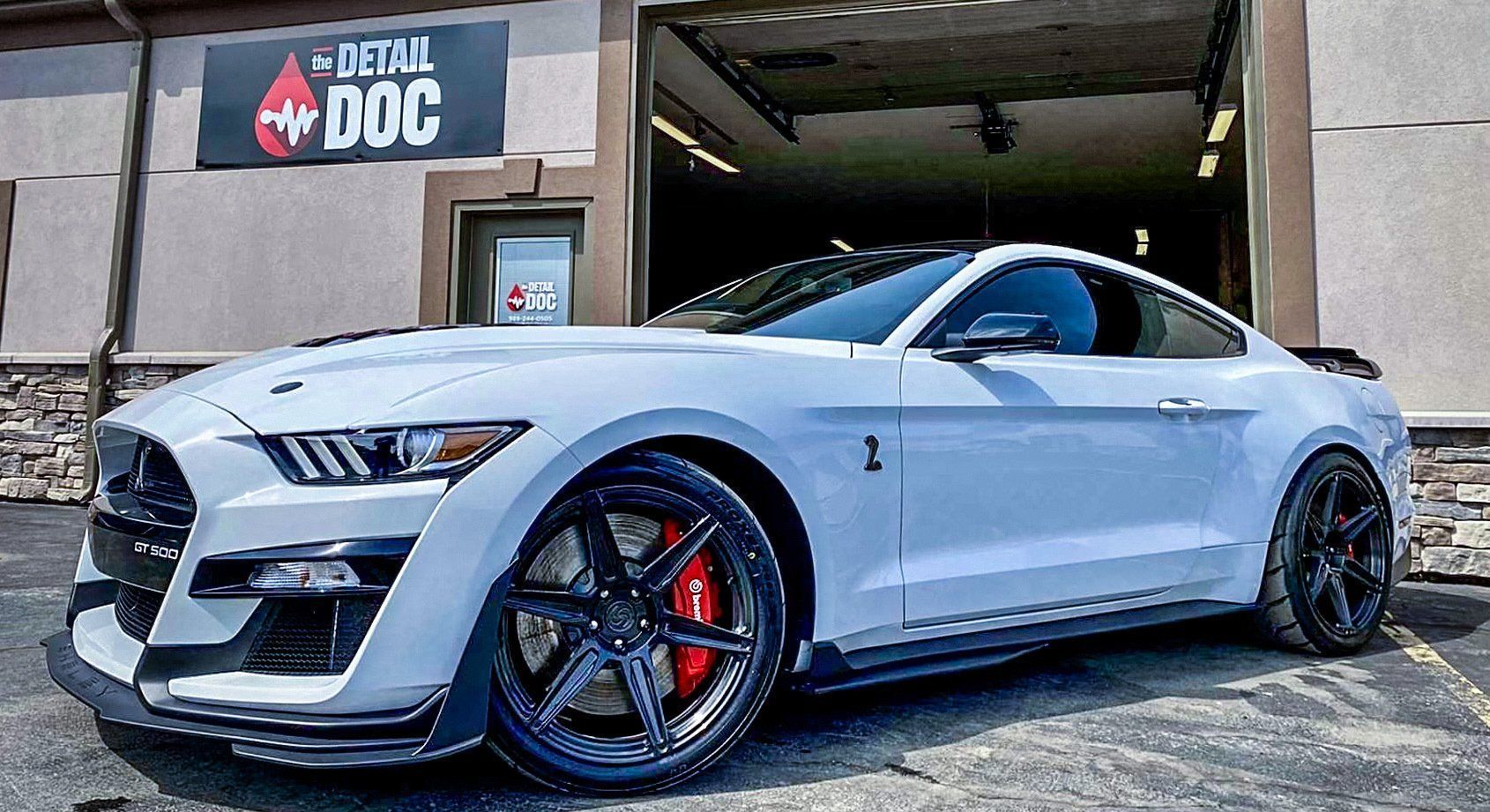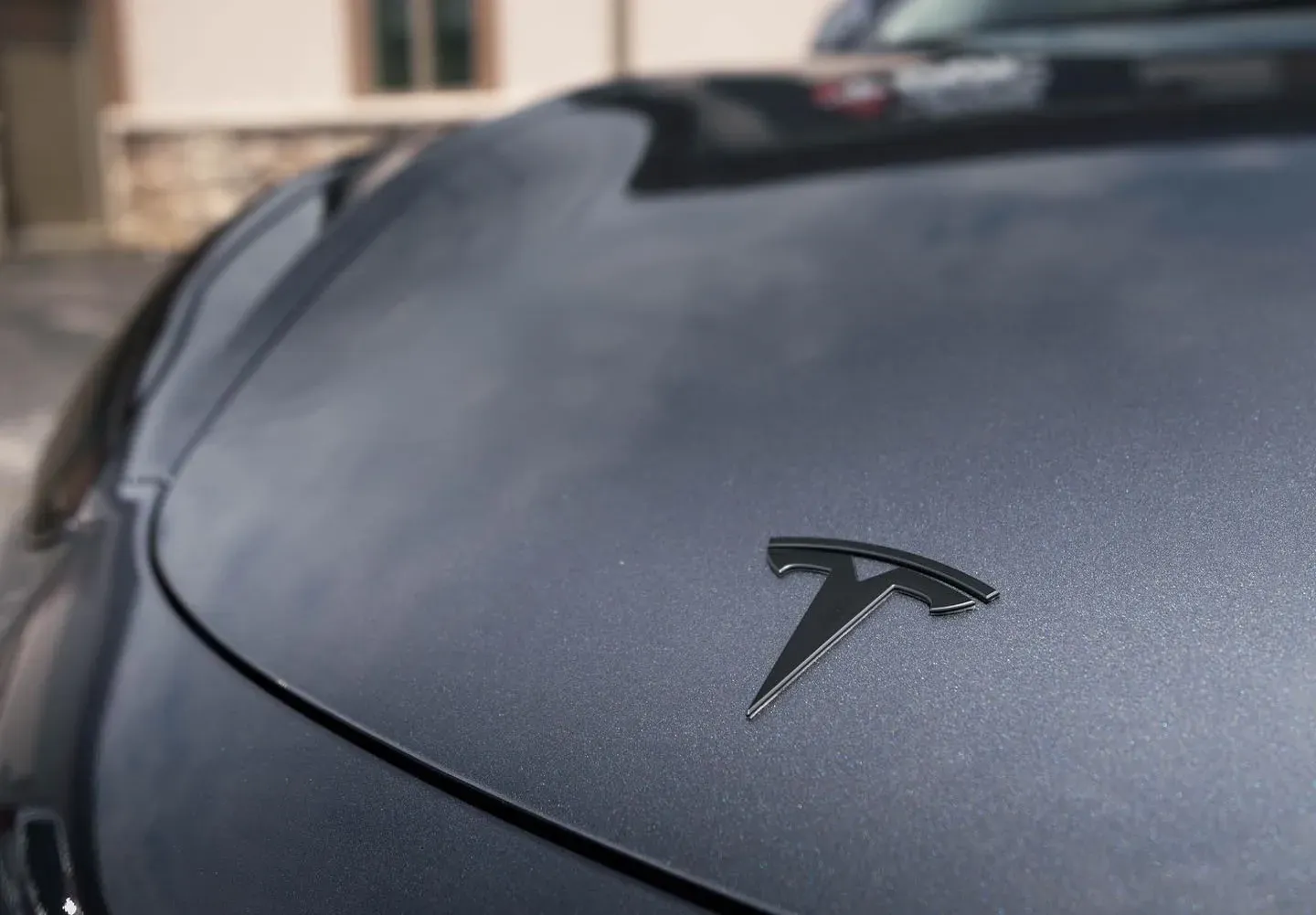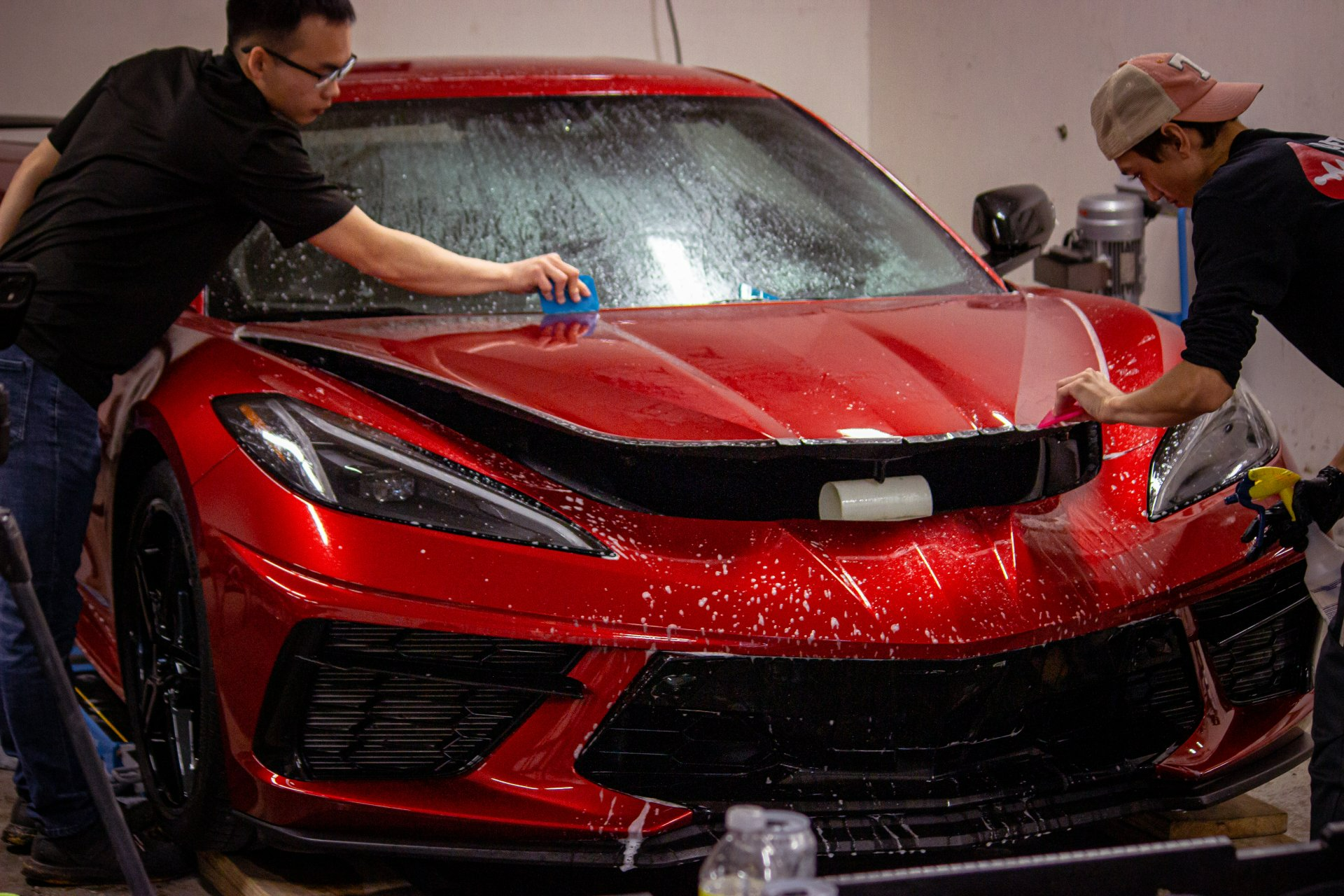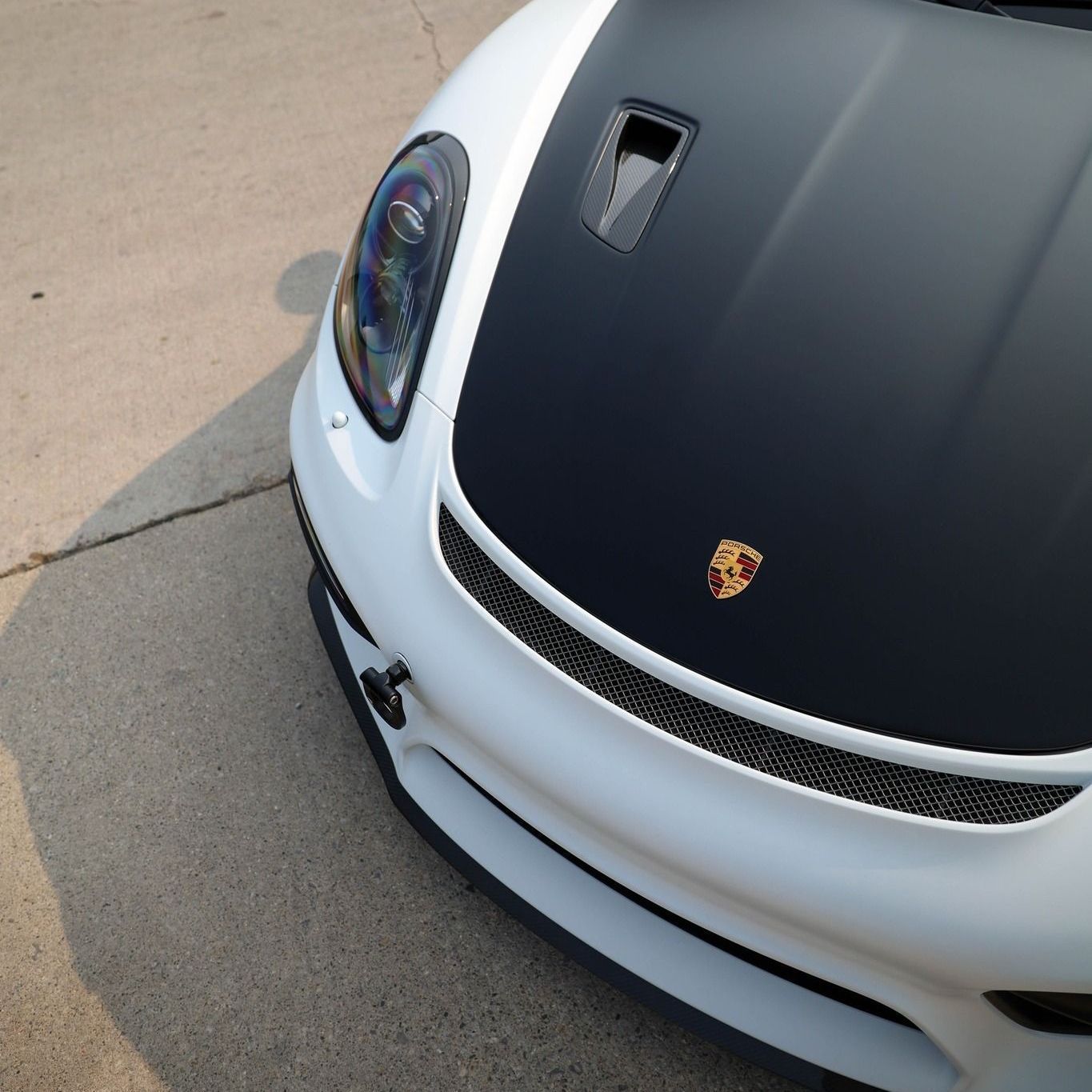The Detail Doc Blog
How Long Does Ceramic Coating Last? Your Ultimate Guide for Michigan Drivers
(989) 244-0505 GET SCHEDULED NOWIf you're looking for a way to protect your vehicle's paint, ceramic coating is likely at the top of your list. This innovative solution promises long-lasting shine and robust protection, but how long does it actually last? The answer is not as simple as a one-size-fits-all number. The lifespan of a ceramic coating depends on a mix of factors, including product quality, application methods, and most importantly, the care you provide. Understanding these variables will help ensure your investment pays off and that your vehicle remains in top condition for years to come.
Ceramic coatings generally last between three to seven years, depending on the quality of the product, how well it’s applied, and how consistently it's maintained. While some high-end coatings offer warranties of up to 10 years, neglect or improper care can reduce the lifespan to less than two years. In this comprehensive guide, we’ll break down the various factors that influence ceramic coating longevity and offer practical tips for keeping your vehicle protected and looking great.

Understanding Ceramic Coating for Cars
At its core, a ceramic coating is a liquid polymer applied to your vehicle’s exterior. Unlike traditional waxes or sealants that sit on top of the paint, ceramic coatings chemically bond with the paint itself. This creates a tough, invisible layer that’s far more durable than a regular wax job.
The real benefit of ceramic coatings lies in their hydrophobic nature. This means that water and grime simply slide off the surface, making your car easier to clean. Beyond convenience, this hydrophobic layer also protects your car from everyday threats, including UV rays, bird droppings, tree sap, and road grime, which can all cause damage to your car’s paint if left untreated. Ceramic coatings make the paint less vulnerable to environmental contaminants and significantly reduce the effort required to keep your car looking clean.
Key Ingredients That Make Ceramic Coatings Effective
Silica dioxide, or SiO₂, is the key ingredient in most ceramic coatings. This naturally occurring compound provides the hardness and durability needed to protect your car’s finish. SiO₂ typically rates between 7 and 9 on the Mohs scale of hardness, which means it offers excellent scratch resistance compared to unprotected paint.
Many coatings also contain titanium dioxide (TiO₂), which helps the coating resist UV rays and maintain its gloss over time. The combination of these two ingredients results in a tough, long-lasting protective barrier. The protective layer formed by a ceramic coating is incredibly thin—just 1 to 3 microns—but every fraction of a millimeter counts when it comes to providing high-quality protection.
While ceramic coatings offer great protection, they are not indestructible. Proper application and regular maintenance are essential for keeping the coating intact. After the coating is applied, it needs to cure for 24 to 48 hours to reach full hardness. During this time, patience is key.
The Role of Maintenance in Longevity
Even though ceramic coatings make cleaning your car easier by repelling dirt and water, they still require gentle washing and periodic maintenance to stay effective. It's recommended to wash your car with pH-neutral soaps that are specifically formulated for ceramic coatings. Harsh chemicals or automated car washes with aggressive brushes can strip away the protective layer, reducing the coating's effectiveness and lifespan.
A common misconception is that once a ceramic coating is applied, the car is fully protected from any type of damage. While the coating does a great job of protecting against things like bird droppings and UV rays, it is not completely scratch-proof. Light abrasions and swirl marks can still occur, especially if the vehicle is washed incorrectly. Regular maintenance, including the occasional use of booster sprays, can help restore the hydrophobic properties and maintain the coating’s gloss.
"Proper care can extend the life of a ceramic coating beyond its warranty period, but neglect can reduce its life to just months," says an experienced detailer at The Detail Doc.
Factors That Impact Coating Durability
Several factors can influence how long your ceramic coating will last, and they all relate to the environment and how well you maintain the coating.
Environmental Exposure
The environment your car is exposed to plays a significant role in the durability of the coating. UV rays from the sun can break down the chemical bonds in the coating over time. Vehicles that are frequently parked in direct sunlight will likely see their coatings degrade faster than those kept in shaded areas or garages.
Michigan's harsh winter conditions, particularly with the frequent use of road salt, can also accelerate the degradation of the coating. Salt and moisture are corrosive, so cars that drive through snowy, salty roads are at a higher risk of having their ceramic coating wear out faster. It’s important to rinse off any salt or moisture from your car promptly to minimize the negative impact on the coating.
Application Quality
The way the coating is applied also plays a huge role in how long it lasts. Professional detailers typically provide a higher-quality application than DIY kits. With access to high-end products and the ability to control environmental variables like temperature and humidity, professionals ensure that the coating bonds well to the paint and lasts longer.
Industry data suggests that professionally applied coatings last around 30% longer on average than those applied with DIY kits. This difference is due in part to the careful paint correction and preparation done before application. Professional detailers take the time to remove imperfections, ensuring the coating adheres properly and provides better protection.
Maintenance Practices
Regular maintenance is essential for maximizing the lifespan of your ceramic coating. For example, using pH-neutral soaps designed specifically for ceramic coatings and applying booster sprays every three to six months can extend the life of the coating by one to two years. These booster sprays help to replenish the hydrophobic properties of the coating, ensuring it continues to repel water and grime.
In contrast, washing your car too frequently or using harsh chemicals can wear down the coating more quickly. Washing your vehicle more than twice a week could decrease the coating’s lifespan by up to 20%. Furthermore, automated car washes with abrasive brushes can damage the coating and lead to faster deterioration. Hand washing your vehicle with microfiber mitts and a two-bucket method is far gentler on the coating and will help preserve its effectiveness over time.
Understanding Ceramic Coating Lifespan
In advertisements, many brands claim their ceramic coatings last anywhere from five to seven years. However, real-world experience tends to show that most coatings last between three and five years, depending on maintenance and environmental factors. Professional-grade coatings, when properly applied and maintained, tend to last closer to five years. DIY coatings, on the other hand, might last closer to three years due to less precise application and lack of professional maintenance.
The lifespan of a coating can also be affected by how the car is used. For example, cars that are frequently exposed to harsh weather conditions, dirt, and salt will wear down more quickly than cars kept in controlled environments.
Manufacturer Claims vs. Real-World Expectations
Manufacturer warranties for ceramic coatings can often be optimistic. While warranties may claim the coating lasts five to seven years, real-world results can vary. Factors like the type of vehicle, how frequently it is driven, and the conditions it is exposed to all play a role in determining how long the coating will last.
For example, a professional-grade coating like Ceramic Pro typically lasts around 3 to 4 years in everyday driving conditions, while coatings from Gyeon Quartz and CQuartz Finest might last between 4 to 6 years under similar conditions. It’s important to understand that the advertised lifespan often assumes ideal conditions, such as regular maintenance and professional application.

Pros and Cons of Ceramic Coating
Ceramic coatings offer several benefits that make them a popular choice among car owners.
Pros
One of the most significant benefits of ceramic coatings is their ability to protect your car from UV damage, which can cause paint fading and dullness. The coating acts as a sunscreen for your vehicle, preserving its vibrant color even after prolonged exposure to harsh sunlight.
Additionally, bird droppings, tree sap, and other acidic contaminants are much less likely to permanently damage the paint when a ceramic coating is applied. The coating forms a protective barrier that repels these contaminants and makes your car more resistant to stains and chemical damage.
The aesthetic benefits of ceramic coatings are also undeniable. They enhance your car’s shine, giving it a sleek, glass-like finish that makes it look well-maintained. This gloss is not just for appearances; it also makes the car easier to clean by preventing dirt and water from sticking to the surface.
Cons
The primary drawback of ceramic coatings is the initial cost. Professional installation can range from several hundred to over a thousand dollars, which may seem high compared to traditional waxing. However, considering that the coating provides years of protection, the long-term cost can be much lower than frequent waxing or sealing treatments.
Another potential disadvantage is that ceramic coatings require regular maintenance to ensure they remain effective. If you skip maintenance, such as using booster sprays or washing with pH-neutral soaps, the coating’s effectiveness can diminish.
Finally, while ceramic coatings offer moderate resistance to scratches, they are not completely scratch-proof. They provide some protection against light abrasions and swirl marks but will not protect your car from deep scratches or chips caused by road debris.
Ceramic Coating vs. Waxing
When comparing ceramic coatings to traditional waxing, it’s clear that ceramic coatings provide superior protection and longevity. Waxing offers a temporary solution, typically lasting 4 to 6 weeks before it needs to be reapplied. On the other hand, ceramic coatings last anywhere from 3 to 7 years, provided they are properly maintained.
Waxing requires regular reapplication, which can be time-consuming and labor-intensive. Ceramic coatings, while more expensive upfront, reduce the need for frequent applications and offer more robust protection against UV rays, scratches, and chemical damage. Waxing, however, does provide a warm, natural shine that some car enthusiasts may prefer.
Tips for Extending Ceramic Coating Longevity
To get the most out of your ceramic coating, it’s important to follow a few simple care guidelines. First, wash your car regularly, ideally every two weeks, using a pH-neutral shampoo designed for ceramic coatings. This will help preserve the hydrophobic properties and keep your car looking clean.
Additionally, periodically apply booster sprays to replenish the coating’s protective layer. These sprays restore the hydrophobic effect, helping to keep your car cleaner for longer.
Finally, avoid harsh chemicals, automated car washes, or abrasive materials that could degrade the coating. Instead, hand wash your car using microfiber mitts and the two-bucket method to ensure a gentle clean.
By following these simple maintenance steps, you can extend the lifespan of your ceramic coating and keep your car looking beautiful for years to come.
If you're ready to invest in a professional ceramic coating or need advice on maintenance, contact us at
The Detail Doc for expert guidance and high-quality services tailored to your vehicle's needs.



